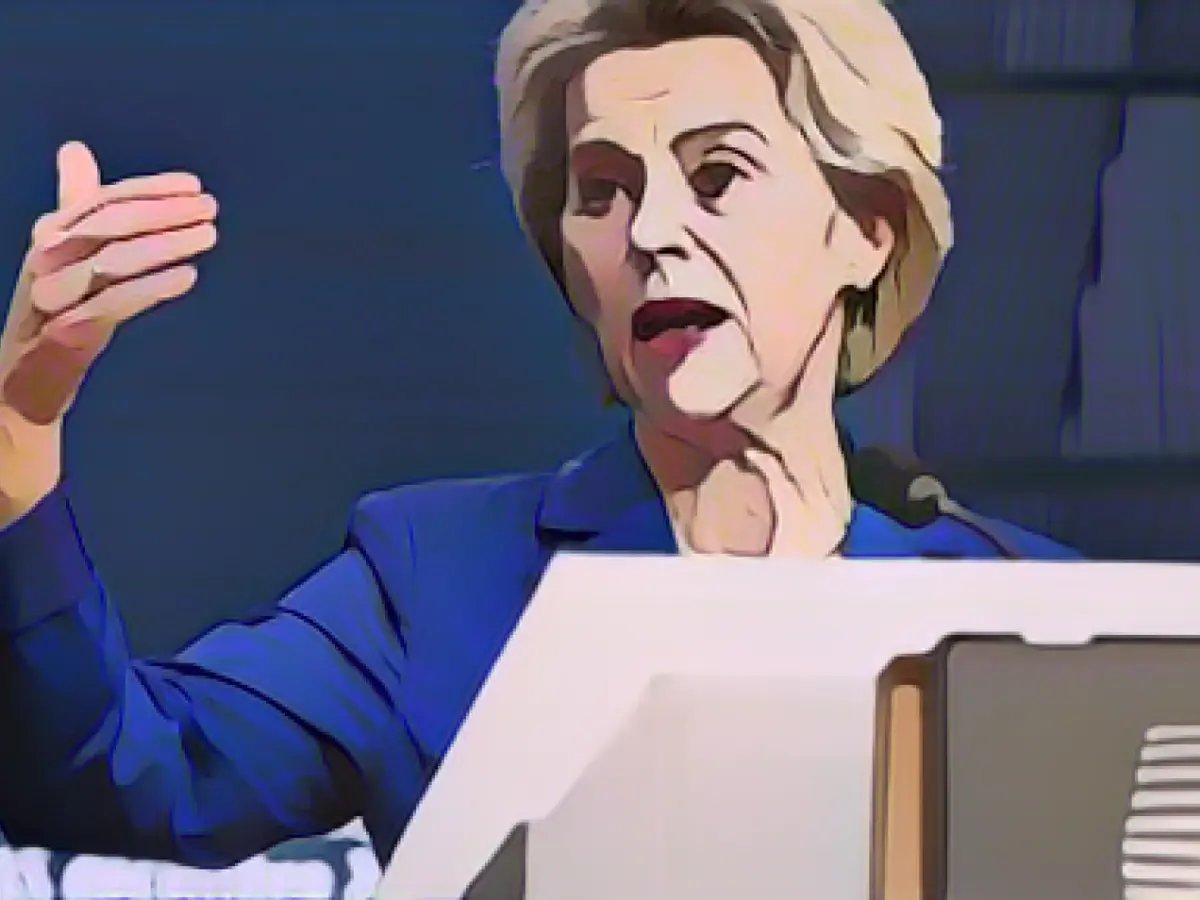EU's Ukraine Aid Funding on the Line as Hungary Stands Firm
Ursula von der Leyen, the President of the European Commission, emphasizes the EU's efforts to reach a consensus among its 27 member states on providing financial aid to Ukraine. However, the release of the €50 billion in aid has been met with resistance from Hungary's Prime Minister Viktor Orban, leading to the breakdown of negotiations at the summit of the 27 heads of state and government.
Alternatives in the Works
As an agreement among all members may not be achievable, von der Leyen is proactively exploring possible alternatives to ensure an operational solution. Ireland's Prime Minister Leo Varadkar, while optimistic about the EU's commitment to support Ukraine, suggested that, if an agreement can't be reached unanimously, 26 member states could jointly provide aid on a bilateral basis instead of relying on the EU's multi-year budget.
The Hungarian Standoff
Orban's opposition stems from his proposal to exclude Ukraine's aid from the EU budget. Although this idea was met with resistance from the other summit participants, resistance is seemingly crumbling, leaving room for potential solutions. Meanwhile, EU Council President Charles Michel remains optimistic that an agreement will be reached in January to fulfill their financial aid promises to Ukraine.
Controversial EU Funds
The EU's funds remain frozen for Hungary due to rule of law violations within the country. German Chancellor Olaf Scholz rejects calls to release these frozen funds in exchange for Orban giving up his veto on Ukraine aid, stressing that the two issues should not be intertwined.
The Diplomatic Impasse
The EU's failure to strike an agreement has resulted in a diplomatic standoff. Another summit is scheduled for early next year, where the EU leaders hope to address the issue and provide Ukraine with the promised aid.
Exploring Aid Strategies
- New Fund: The EU may establish a new fund to finance military support for Ukraine using funds obtained through Russian assets and voluntary contributions from member states.
- Reforms-Linked Funding: The EU's financial aid to Ukraine is already linked to the country's progress in judicial reform and anticorruption.
- Asset-backed Loans: The EU has agreed on loans backed by frozen Russian assets and contingent on democratic reforms in Ukraine.
- Voluntary Contributions: Member states can contribute voluntarily to the aid package, allowing proactive supporters to help Ukraine without forcing others to contribute if they disagree.
- Administrative Mechanisms: EU mechanisms like the European Peace Facility help ensure that all member states contribute proportionally to Ukraine's aid according to their GDP.
- Diplomatic Compromises: The EU may engage in diplomatic efforts to address Hungary's concerns and find a compromise in supporting Ukraine.
Looking Ahead
The ongoing standoff in the EU may impact its ability to fulfill its financial aid commitments to Ukraine. As diplomats and leaders continue to negotiate, the future of Ukraine's assistance remains uncertain.
Source:
Enrichment Data integrated discretely throughout article




